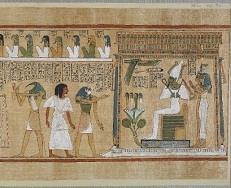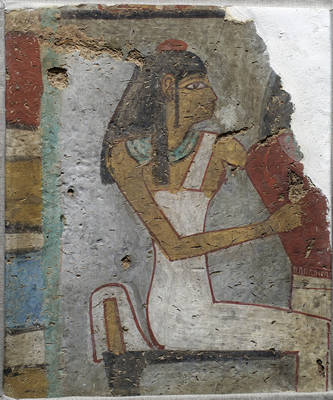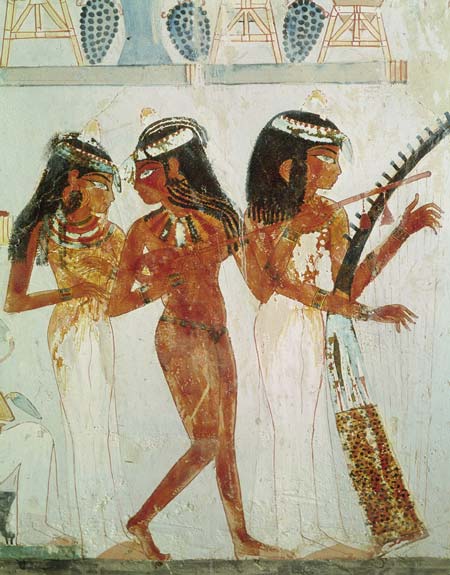Most of the humans in Egyptian art appear very different from one another. Ancient Egypt an introduction Ancient Egyptian chronology and historical framework Ancient Egyptian art Materials and techniques in ancient Egyptian art The mummification process Ancient Egyptian hieroglyphs overview Egyptian Social Organizationfrom the Pharaoh to the farmer Part 1.

Gobekli Tepe Middle Savagery Ancient Aliens Fractal Art Sacred Geometry
His tomb was discovered intact.

. Even the artistic style of the scenes seems unchanging but this appearance is deceptive. The Egyptians believed that their earliest cultural forms were made by the gods and because of this divine intervention these. The three great pyramids located here.
Tutankhamen is a well-known pharaoh because. The pre-Christian use of this system is recorded by contemporary Egyptian wall pictures and by writer-travellers throughout the long history of the Near East the Balkans and Russia. Religious beliefs formed the Egyptians view of the world and religious beliefs and the needs of cult practices were manifested in most of their architecture and art.
The proportional system was used for many of the sculptures paintings and other forms of art creating a uniform representation. The proportional system was used for the sculptures paintings and other forms of art creating a uniform representation. The Egyptian world was permeated by religion.
This meant that many of the human figures looked similar to each other. This meant that many of the human figures looked similar to each other. The result of this system is that many of the depictions of.
One similarity among Egyptian art is in the use of a proportional system. What is the proportional system in Egyptian art. This means that many of the humans figures look very similar to each other.
What is the proportional system in Egyptian art. Ancient Egyptian art refers to art produced in ancient Egypt between the 6th millennium BC and the 4th century AD spanning from Prehistoric Egypt until the Christianization of Roman EgyptIt includes paintings sculptures drawings on papyrus faience jewelry ivories architecture and other art mediaIt is also very conservative. Egyptian history is divided into.
The proportional system was used for the sculptures paintings and other forms of art creating a uniform representation. The painted and relief-cut walls of ancient Egyptian tombs and temples record an amazing continuity of customs and beliefs over nearly 3000 years. What effect did this have on Egyptian art.
God and goddesses were sometimes restricted to certain representations like a falcons head or a jackals head. The pharaohs heads are always three times bigger than their bodies. The proportional system was used for many of the sculptures paintings and other forms of art creating a uniform representation.
What was the effect of using this system. The proportional measuring system was known originally by its descriptive Egyptian name rope-stretchers then the Greek name for the system also meaning rope. In this work Gay Robins offers convincing evidence based on a study of Egyptian usage of grid systems and proportions that.
The art style changed very little over time.

Machavelli Medici On Twitter Great Pyramid Of Giza Pyramids Of Giza Pyramids

Scale And Pictoriality In Ancient Egyptian Painting And Sculpture Davis 2015 Art History Wiley Online Library

Principles Of Egyptian Art Resource Rsc Education

The Revival Of An Ancient Science Sacred Geometry Squaring The Circle Geometry


0 comments
Post a Comment